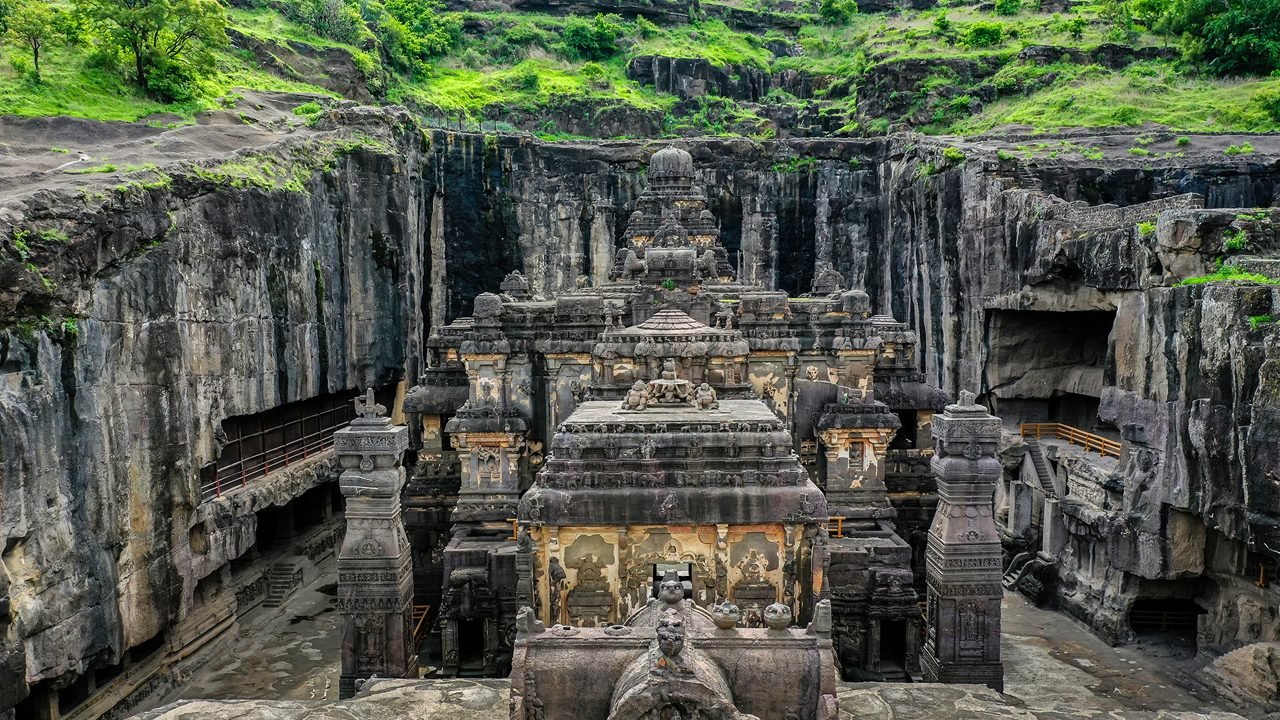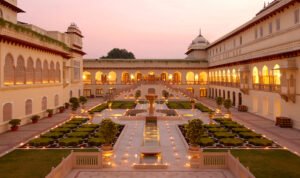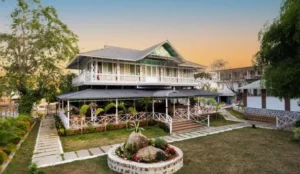Hidden in the lush hills of Maharashtra, the Ajanta Caves stand as a breathtaking testament to India’s rich artistic and religious history. Dating back to the 2nd century BCE to the 6th century CE, these caves are not just rock-cut structures — they are a window into the golden era of Buddhist art, culture, and devotion.
A World of Sacred Beauty
The Ajanta Caves are a series of 29 caves, meticulously carved into a horseshoe-shaped cliff. Each cave served as a monastery (Vihara) or a prayer hall (Chaitya) for Buddhist monks, offering them a place for meditation, learning, and worship.
Masterpieces in Stone and Paint
Murals and Frescoes: The walls of the Ajanta Caves are adorned with vibrant paintings that narrate tales from the Jataka stories — the past lives of Lord Buddha. Despite being over a thousand years old, the colors and expressions still feel alive, reflecting a mastery of artistry that stirs the soul.
Sculptures: Majestic statues of the Buddha in various postures, intricate carvings of Bodhisattvas, and delicate details showcasing life in ancient India decorate these caves with unmatched grace and beauty.
A Glimpse into the Golden Age
The caves also serve as a powerful reminder of India’s thriving past, where art, spirituality, and philosophy flourished together. Ajanta was an active center for Buddhist monks, scholars, and artists under the patronage of powerful dynasties like the Satavahanas and the Vakatakas.
UNESCO World Heritage Site
Recognized as a UNESCO World Heritage Site, Ajanta continues to attract visitors, historians, and artists from all over the world. Walking through its halls is like stepping into a timeless realm — where the whispers of chanting monks, the vibrant stories of Buddha’s life, and the artistry of ancient hands still resonate in every stone.
A Journey Worth Taking
Ajanta is not just a tourist spot; it’s an experience — one that immerses you in peace, wonder, and a profound connection to the roots of Indian civilization.









